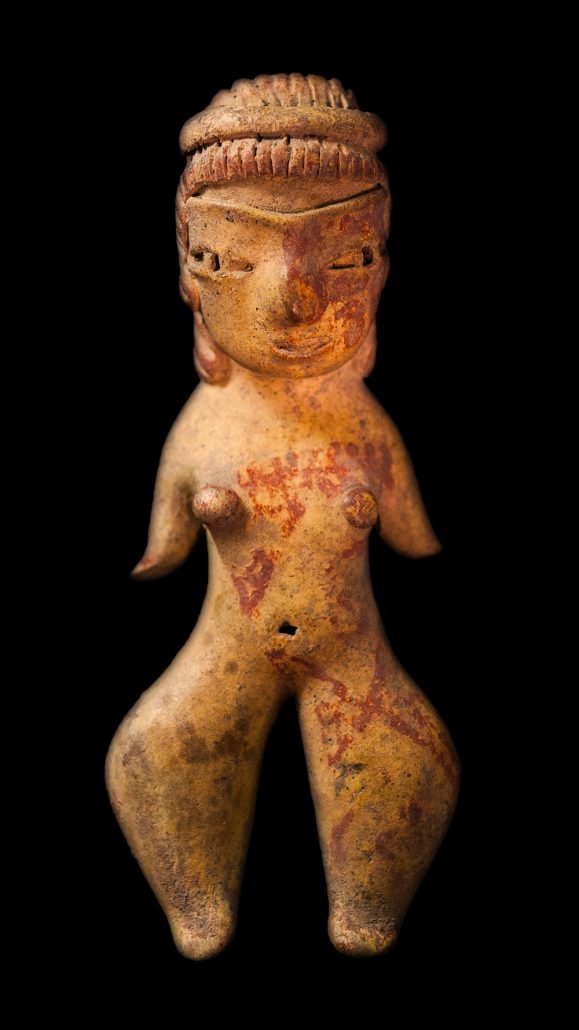What are Tlatilco figurines?
 Small ceramic figurines, generally 3 to 6” high, were produced by ancient cultures around the world. They have been found in prehistoric archaeological sites in Europe and the Middle East, Africa, India and Pakistan, Japan and China, North and South America, Mesoamerica and the Polar North.
Small ceramic figurines, generally 3 to 6” high, were produced by ancient cultures around the world. They have been found in prehistoric archaeological sites in Europe and the Middle East, Africa, India and Pakistan, Japan and China, North and South America, Mesoamerica and the Polar North.
The figurines of the Tlatilco tradition are among the most numerous, most sophisticated and best preserved from the ancient Americas. ¹
Thousands of figurines are known. Most are female and include standing and seated figures, dancers and musicians, dwarfs, acrobats and contortionists, women holding babies and dogs, warriors and ballplayers, and double-faced or double-headed figures. Most are nude, though some females wear short skirts and some males wear loincloths, protective armor or ballgame paraphernalia.
¹Lesure, Richard G., Interpreting Ancient Figurines: Context, Comparison and Prehistoric Art, Cambridge, 2011, p. 72. Lesure describes the Tlatilco corpus as the “exceptional assemblage” for Formative Mexico.